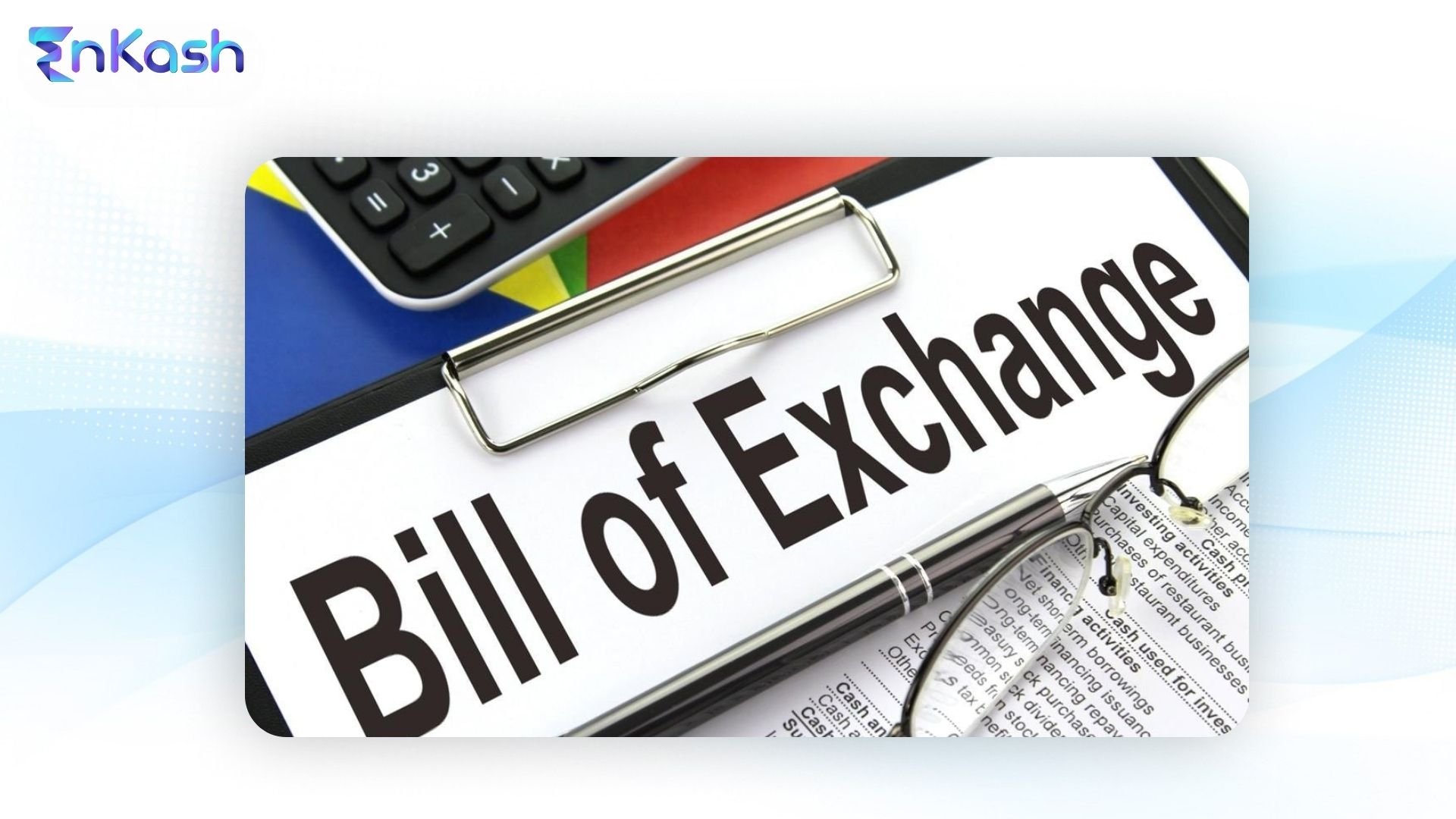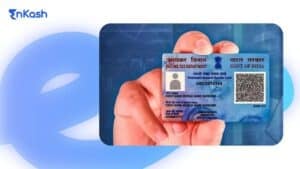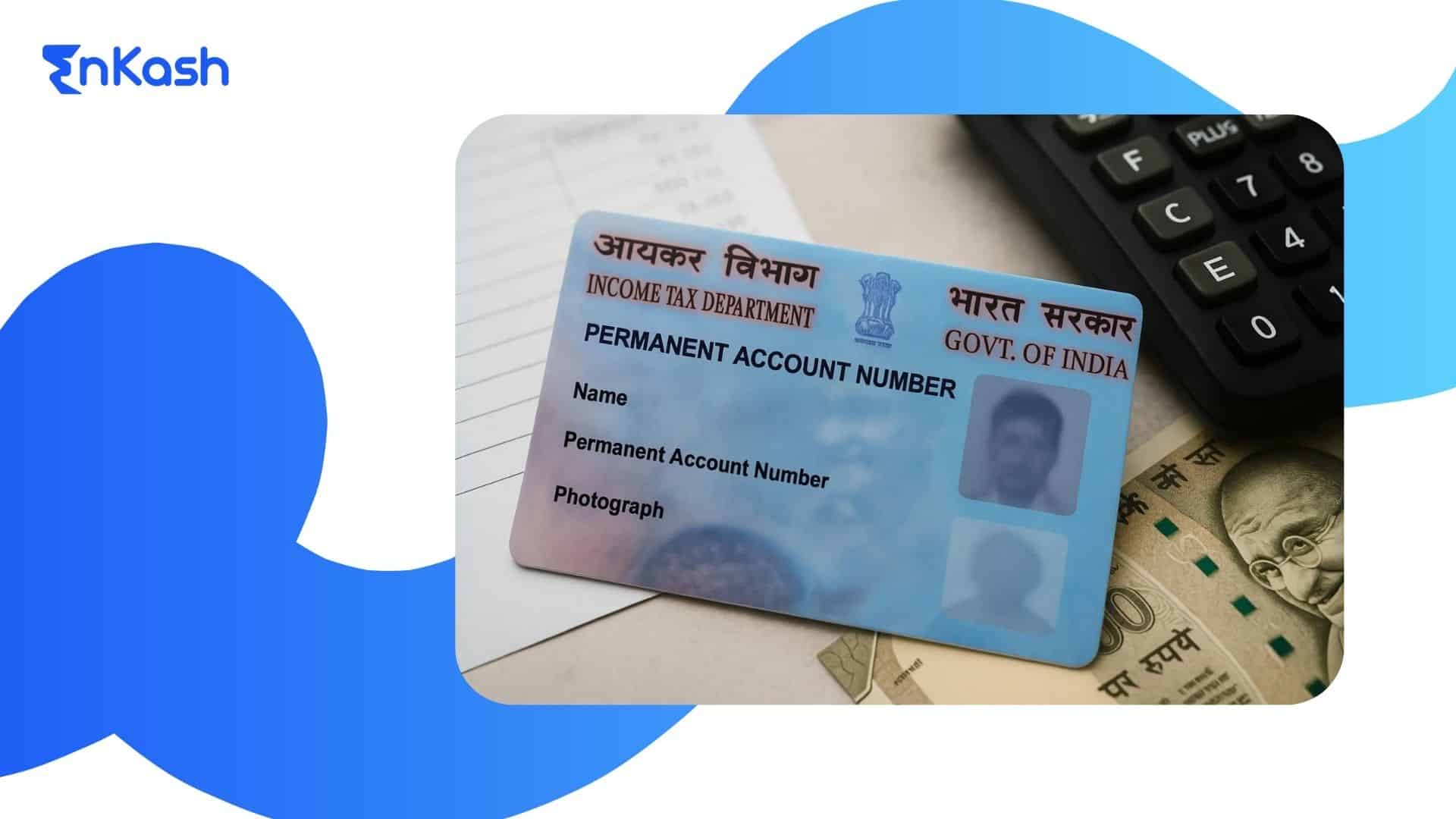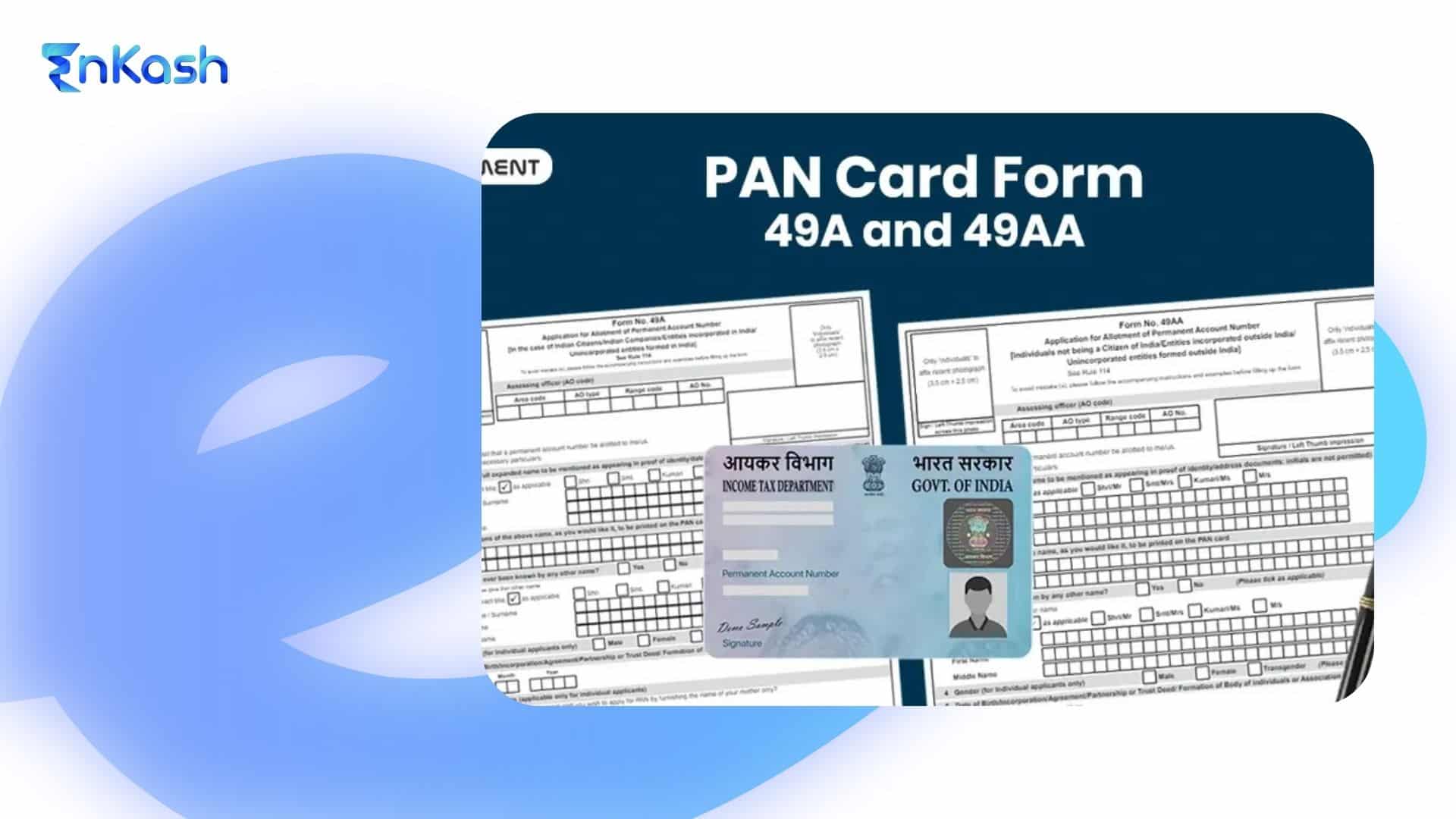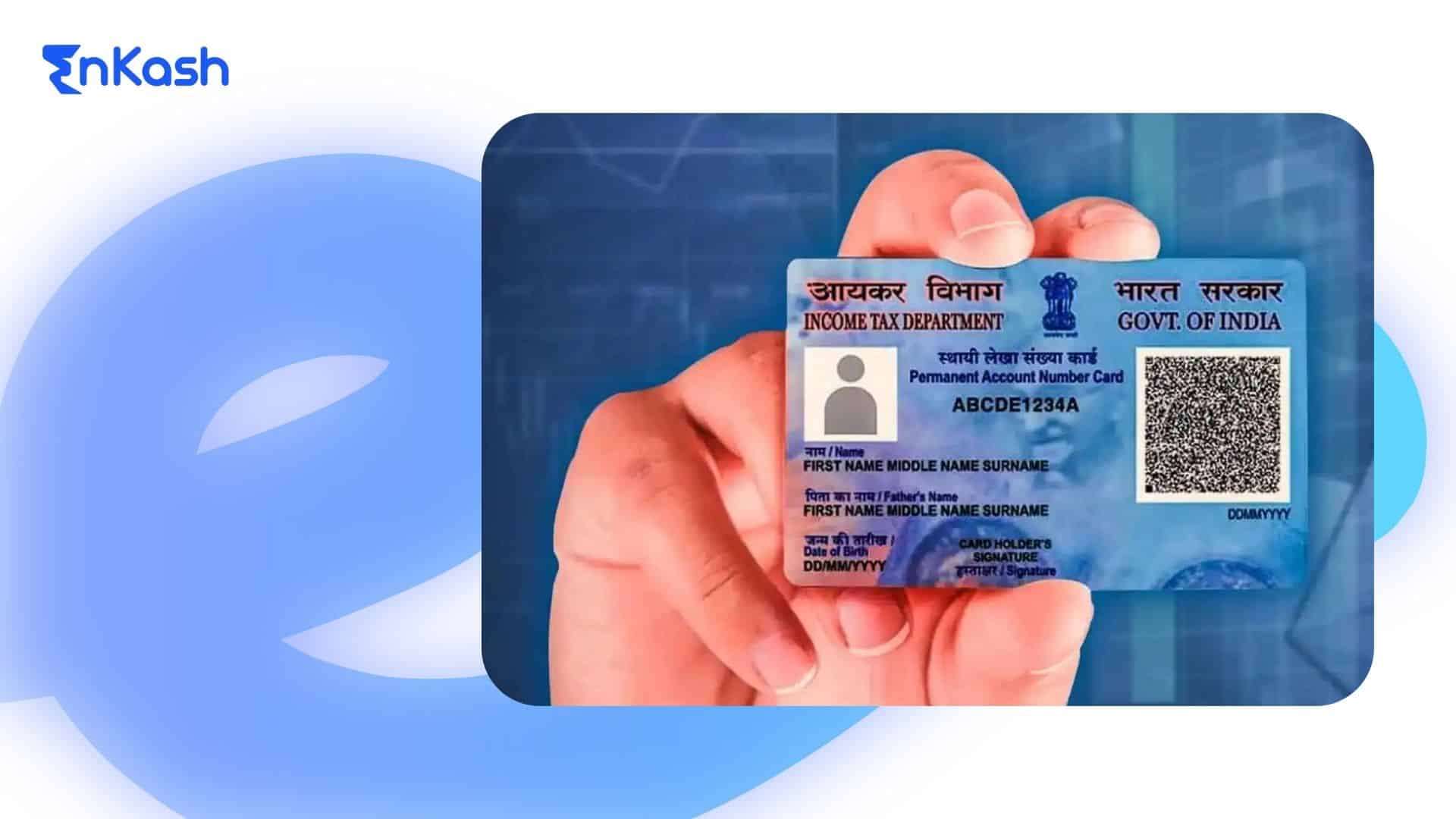In the world of trade and finance, the bills of exchange are linked to trust and certainty in payment. This financial document has played a vital role for centuries, giving both buyers and sellers a reliable way to confirm and record payment obligations. It is still used today in many business transactions where goods or services are exchanged on credit.
A bill of exchange provides written proof that a payment will be made on a specific date or when requested. It works as a formal commitment between the parties, making it easier to manage credit terms and reduce the risk of disputes. Sellers use it as security for payment, while buyers get time to arrange funds before settling the amount. This arrangement helps both sides maintain healthy business relationships.
The what bills of exchange question is best answered by looking at their basic purpose. It is a promise recorded in writing, directing one party to pay a certain sum to another. This sum is fixed and agreed upon in advance, so there is no confusion about the amount due.
In trade, these instruments also provide flexibility. They can be transferred to another party, which means the holder can use them to pay their debts or even exchange them for immediate cash from a bank. This ability to transfer or trade makes them highly useful in keeping business cash flow steady.
Understanding how they work sets the stage for exploring their legal meaning, features, and the parties involved.
Bill of Exchange Definition and Legal Meaning
The bill of exchange definition is set out in the Commercial and Negotiable Instruments Law. It describes a written document in which one person orders another to pay a specific amount of money to a named individual or the bearer of the document. This order must be unconditional and signed by the person who creates it.
To explain bills of exchange in simple terms, it is a formal instruction that says, “Pay this amount to this person on this date.” There is no requirement for the payment to depend on any condition. The amount is fixed at the time of creation, and the date is either fixed or payable on demand, depending on the type of bill.
A valid bill must contain certain essential details. It must identify the parties involved, the amount to be paid, and the date of payment. It must also be signed by the person who issues it. These requirements make the document legally enforceable. In case of non-payment, the holder can take legal action to recover the amount due.
The bill of exchange includes elements such as the name of the drawee, the name of the payee, the amount in figures and words, the payment date, and the place of payment. All of these must be present for the bill to be recognised in law.
By defining the structure and meaning of this instrument, the law ensures that it serves as a trusted method of securing payment in trade and business transactions.
Features of Bills of Exchange
Before using or accepting this financial instrument, it is important to understand its main qualities. These qualities explain why it is trusted in trade and finance. The features of bills of exchange define how it works, how it is recognised in law, and how it can be used in everyday business transactions.
Below are the key features:
Written Document
The bill must be in writing. Oral agreements do not qualify as a valid bill of exchange. As per the Negotiable Instruments Act, a bill must be in writing to be legally valid
Unconditional Order to Pay
It contains a clear instruction to pay a specific amount of money. This instruction is not linked to any condition.
Signed by the Drawer
The person who creates the bill, known as the drawer, must sign it for it to be valid.
Fixed Amount
The amount payable is decided at the time the bill is drawn and does not change later.
Identified Parties
The bill generally specifies the drawee and the payee, although it may also be made payable to bearer
Payment Date Specified
It includes a clear date for payment or states that payment is due on demand. This also relates to what is due date in bills of exchange.
Transferable and Negotiable
A bill can be transferred to another party, giving it flexibility in trade.
These features make the bill of exchange an effective and secure tool for managing credit and payment arrangements.
Parties to a Bill of Exchange
A bill of exchange involves specific people who each have a defined role in the transaction. Knowing these roles makes it easier to understand how the document works and who is responsible for payment. The parties to bills of exchange are named within the document so there is no confusion about their duties.
Below are the main parties:
Drawer
The drawer is the person who creates and issues the bill. This person directs another party to make the payment. In trade, the drawer is usually the seller or the supplier of goods or services.
Drawee
The drawee is the person or entity that is ordered to pay the amount stated in the bill. Once the drawee accepts the bill, they take on the responsibility to make the payment on the due date.
Payee
The payee is the person or organisation that will receive the payment. In many cases, the drawer and payee are the same person, but the payee can also be a third party.
A bill of exchange can be made payable to a specific individual, a company, or the bearer of the document. This flexibility allows it to work in various business situations.
By clearly stating these parties in the bill, the document leaves no doubt about who must pay, who will collect the payment, and who initiated the process. This clarity makes the bill of exchange a reliable instrument in both domestic and international trade.
Understanding the Due Date and Maturity
In any bill of exchange, knowing when payment must be made is just as important as the amount itself. The what is due date in bills of exchange concept refers to the exact day when the payment stated in the bill becomes payable. This date is clearly written in the document to avoid any uncertainty.
The due date can be set in two ways. It may be a fixed calendar date, such as the 15th of a month, or it can be based on a specific period after a certain event, for example, 90 days after the bill is drawn. In some countries, the law allows a short grace period, giving the drawee extra days to make the payment.
The term maturity refers to the point when the bill reaches the stage where payment must be made. If payment is not made on or before this date, the bill is considered overdue, and the holder can take legal action to recover the amount.
By stating the due date and understanding maturity rules, both the drawer and the drawee can plan their finances effectively. This ensures smoother transactions and helps maintain trust between trading partners.
Types of Bills of Exchange
Bills of exchange are not all the same. They are designed to suit different payment arrangements, trade needs, and levels of security. Understanding the types of bills of exchange helps in selecting the right one for a specific business situation.
Below are the main types:
Based on Time
- Sight Bill
A sight bill is payable on demand upon presentation to the drawee, typically after acceptance. There is no waiting period, and the payment is expected on demand. It is useful in cases where the seller wants instant settlement after delivering goods or documents. - Term or Usance Bill
This type is payable after a fixed period mentioned in the bill. The period may be 30, 60, or 90 days, or any agreed timeframe. It allows the buyer time to arrange funds before making the payment.
Based on Purpose
- Trade Bill
Drawn to settle payments for goods or services supplied. It is common in both domestic and international trade transactions. - Accommodation Bill
Issued without any exchange of goods or services, usually to help a party raise funds. The drawer signs it as a favour, and the drawee agrees to pay on the due date.
Based on Security
- Clean Bill
Does not require any supporting documents like shipping papers. It is based on trust between the parties. This makes it faster to process but riskier for the seller. - Documentary Bill
Accompanied by documents such as invoices, bills of lading, or other proofs of shipment. Payment is linked to the delivery of these documents, making it more secure for the seller.
By knowing these types, businesses can choose the most suitable option depending on their need for immediate payment, deferred payment, or additional security. Each type offers a balance between speed, trust, and assurance, allowing trade to move smoothly in different scenarios.
Endorsement of a Bill of Exchange
When a bill of exchange is transferred from one person to another, it is done through a process called endorsement of the bill. This process allows the holder of the bill to pass on the right to receive payment to someone else. Endorsement increases the flexibility of the bill, making it a useful tool for trade and finance.
The main types of endorsement are:
- Blank Endorsement
The endorser signs the back of the bill without naming a specific person to receive payment. This makes the bill payable to whoever holds it. - Special Endorsement
The endorser specifies the name of the person who should receive payment. This limits who can claim the amount stated in the bill. - Restrictive Endorsement
The endorser adds instructions that restrict how the bill can be used, such as “For deposit only.” This controls what the new holder can do with the bill.
Through endorsement, the bill of exchange can circulate within the market, helping to settle debts or provide credit. It allows businesses to use the bill as a form of payment before its due date.
Discounting of Bills of Exchange
The discounting of bills of exchange is a way for the holder of a bill to get cash before the payment due date. This is done by selling the bill to a bank or financial institution at a price lower than its face value. The difference between the bill’s face value and the amount received is called the discount.
The process works in a few simple steps:
- Presentation to the Bank
The holder takes the bill to a bank and requests discounting. - Bank’s Assessment
The bank checks the creditworthiness of the drawee and the validity of the bill. - Payment to the Holder
The bank pays the holder the bill’s value minus the discount amount. - Collection from the Drawee
On the due date, the bank collects the full payment from the drawee.
This arrangement helps the holder access funds quickly without waiting for the due date. It improves cash flow and can be useful in meeting urgent business needs. Discounting is a common financial service for businesses that work with credit transactions and need liquidity to keep operations running smoothly.
Rebate in Bills of Exchange
The rebate in bills of exchange concept relates to an early payment made by the drawee before the due date. When the drawee pays the amount earlier than agreed, the holder may allow a small reduction in the total payable amount. This reduction is known as a rebate.
The rebate acts as an incentive for the drawee to settle the payment sooner. It benefits the drawee by lowering the total cost and benefits the holder by receiving funds earlier, which can be used for other business needs.
The calculation of a rebate is usually based on the time between the date of early payment and the original due date, and it may also depend on the agreed rate. For example, if payment is made 30 days before the due date, the rebate would be calculated for those 30 days.
Rebates are most common in long-term credit transactions where both parties are open to flexible payment arrangements. It strengthens business relationships by offering a fair advantage to the party willing to pay early while giving the bill holder quicker access to cash.
Significance of Bills of Exchange in Modern Trade
The bill of exchange remains an important tool for trade, even in today’s digital economy. It is valued because it provides certainty in transactions, supports credit arrangements, and allows businesses to plan their finances with confidence.
One key advantage is the security of payment. When a bill is accepted, it becomes a legal commitment. The payee can rely on receiving the amount on the agreed date, and the drawer has a clear record of the agreement.
It also plays a vital role in facilitating credit. Sellers can offer buyers extra time to pay, helping them manage working capital while still securing their own right to payment. This arrangement supports stronger trade relationships and encourages repeat business.
The transferability of a bill makes it even more useful. Through endorsement, it can change hands and be used as a means of payment for other debts. This flexibility helps keep trade moving without the constant need for cash.
In international trade, bills of exchange provide a recognised framework that is understood across borders. They reduce the risks that come with dealing with unfamiliar parties and varying legal systems.
By combining trust, legal backing, and adaptability, the bill of exchange remains a valuable instrument for domestic and international commerce. It supports financial stability, strengthens buyer-seller relationships, and keeps trade flowing smoothly.
Conclusion
The bill of exchange has stood the test of time as a trusted financial instrument in both domestic and international trade. By clearly stating the amount, payment date, and the roles of all parties, it removes uncertainty from business transactions. Its flexibility allows it to serve as a credit tool, a negotiable instrument, and even a means to raise quick funds through discounting.
Understanding the bills of exchange, their features, and the types of bills of exchange is essential for anyone involved in trade or finance. From the process of endorsement of bills to the concept of rebate in bills of exchange, each element adds to its value as a secure and practical payment method.
In modern commerce, where trust and efficiency matter as much as speed, the bill of exchange bridges the gap between buyers and sellers. It ensures payment certainty while allowing room for flexible arrangements.
For businesses, mastering its use can lead to better cash flow management, stronger trading relationships, and reduced payment risks. When applied correctly, it remains a powerful tool for keeping trade operations smooth, predictable, and mutually beneficial.
FAQs
1. How does a bill of exchange differ from a promissory note?
A bill of exchange is an order by the drawer to the drawee to pay a set amount to the payee. A promissory note is a promise by the maker to pay a specific amount. Bills involve three parties, while promissory notes involve two.
2. Can a bill of exchange be issued without goods or services being exchanged?
Yes. This is called an accommodation bill. It is issued as a financial favour to help a party raise funds. There is no exchange of goods or services, but it still carries legal obligations once accepted.
3. What happens if a drawee refuses to accept a bill of exchange?
If the drawee refuses to accept the bill, it is considered dishonoured. The holder can take legal action or seek repayment through the drawer. In trade, such refusal can damage business relationships and credit reputation.
4. Is it possible to make changes to a bill of exchange after it is issued?
Changes are possible but require consent from all parties involved. Alterations without agreement can make the bill invalid. Any agreed change must be clearly written and signed by the concerned parties to remain legally valid.
5. What is the role of a notary in bills of exchange?
A notary can officially record the dishonour of a bill. This process, called noting and protesting, provides legal evidence that the bill was presented but payment or acceptance was refused. It helps in any legal recovery process.
6. Can a bill of exchange be used in international trade?
Yes. Bills of exchange are widely used in global transactions. They provide legal certainty across countries and are recognised under international trade laws, making them ideal for importers and exporters dealing with overseas clients.
7. How does the due date affect the discounting of bills of exchange?
The closer the bill is to its due date, the smaller the discount charged by the bank. Bills with a longer maturity period attract a higher discount rate because the bank is taking on more risk for a longer time.
8. What is the difference between a clean bill and a documentary bill?
A clean bill does not have any supporting documents, relying purely on trust. A documentary bill comes with documents such as shipping papers or invoices, linking payment to proof of goods or services being supplied.
9. Can a bill of exchange be paid in instalments?
Traditionally, bills of exchange are payable in full on the due date. If instalment payments are required, multiple bills are usually issued. This must be documented to avoid disputes and ensure clear payment terms.
10. How does endorsement affect the ownership of a bill of exchange?
Through endorsement, ownership of the bill is transferred to another person. The new holder gains the legal right to collect payment from the drawee. This makes the bill a flexible instrument that can be used in place of cash in many situations.

